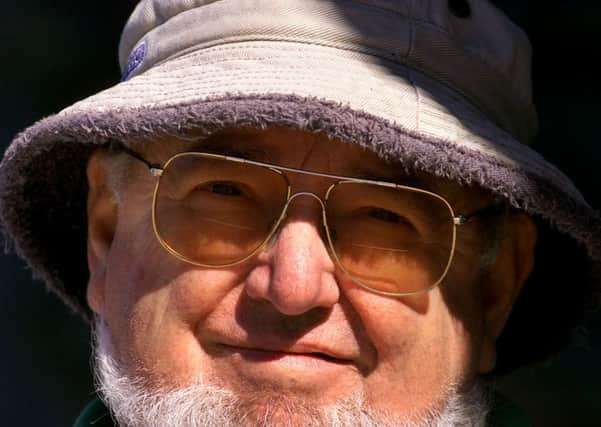Book review: Shame And The Captives


Shame And The Captives
by Thomas Keneally
Sceptre, 392pp, £18.99
I can believe this, and not only because his practice has often been to fasten on some real-life story, usually a morally complex one, brood on it, re-arrange it, and make a novel of it. The most famous example of this is his novel Schindler’s Ark, winner of the Booker Prize in 1982 and the basis of Steven Spielberg’s Oscar-laden film Schindler’s List (one of them for best adaptation) 11 years later.
Shame and the Captives is a story that has been germinating for a long time, indeed since he was a boy of nine or ten. One night in August, 1944, more than a thousand Japanese prisoners of war, preferring death to the disgrace of capture and imprisonment, attempted an escape from a camp on the outskirts of a town called Cowra in New South Wales. The Australian military guards were ill-prepared. Some 350 prisoners escaped into the bush. Over the next week they were all rounded up or accounted for; two-thirds of them were killed and most of the others taken were wounded. There were four Australian deaths.
Advertisement
Hide AdIt is said to have been the biggest POW break-out in modern times, and, not unnaturally, sparked a panic in the local farming community. Keneally himself had an aunt who lived near Cowra and who, though “a very sturdy woman”, was so alarmed that for a few days she slept with an axe beside her in the bed.
It is, then, a tremendous, dramatic story, and one very suited to Keneally’s talent for letting his imagination play on real-life events. The narrative is gripping, slow-moving but absorbing for the first half and more of the novel, then fast-moving, exciting and appalling. The account of the break-out is horrifying, and one can’t think it could have been better done. Keneally is not a novelist who stints on action.
Yet, though the break-out and its consequences are the climax of the novel, and also what set the author’s imagination going, there is a sense in which they are of secondary interest to him. It is the clash of cultures which fascinates him. We have two groups of people who simply cannot understand each other, cannot indeed even begin to come to an understanding.
The Australians simply can’t imagine themselves as Japanese oppressed by the shame of having been captured rather than dying in battle; they have no idea of the Japanese cult of death. Conversely, the Japanese camp-leaders, notably the young pilot Tengan, are convinced that the Australians will shoot them when the war ends. Tengan is the leader of those who prefer to seek death on their own terms. In any case, they believe their families will already have mourned them as dead, because they know it was their duty to die in battle. The novel, Keneally says, is “about cultural and political frontiers in collision with each other”.
The Australians are credibly ordinary. The camp commander, actually an ex-officer of the British Army, is a quietly decent man concerned with keeping things on an even keel, worried about his post-war future, and trying to repair a marriage damaged by his adultery. His deputy, with whom his relations are poor, occupies himself part-time with the successful radio serial about a nice family called “The Mortons” he has been writing for years. He is afraid of the Japanese, partly because his own son is a POW in Thailand. After the round-up of the last prisoners and the crushing of the revolt, his chief concern is that his name shouldn’t be mentioned in the press or any official report, in case the Japanese revenge themselves on his boy.
Then there is Alice, living on a farm with her dull and decent father-in-law while her husband is another POW, but in a German rather than Japanese camp. She is attracted to the Italian prisoner sent to work on the farm.
Advertisement
Hide AdThe Italians, as represented by Giancarlo, serve as a contrast to the Japanese. Imprisonment may be a misfortune, but is no occasion for shame – life goes on. The anti-Fascists among them are even quite happy to be in Australia. One suspects that Giancarlo may remain there if he is allowed to do so.
Keneally has always been a fine story-teller, writing a plain and serviceable well-mannered prose, without affectations, and his novels have always been distinguished by their humanity and his discriminating moral sense. Here he has made a remarkable, and largely successful attempt to get into the minds of people very different from himself, surely one of the marks of the true novelist.
Advertisement
Hide AdThe ideas and actions of his Japanese characters are, from the Australian point of view, utterly foreign, bizarre, even crazy, and repulsive. He makes them comprehensible. Tengan and his colleagues might, in the hands of a lesser novelist, have seemed absurd in their obsession with shame and their cult of death: Keneally’s imaginative understanding of them makes Tengan strangely sympathetic. This is a remarkable achievement.
I’ve read only a dozen or so of the 30 or more novels Keneally has written. This is at least as good as any of them, and better, I should say, than Schindler’s Ark.